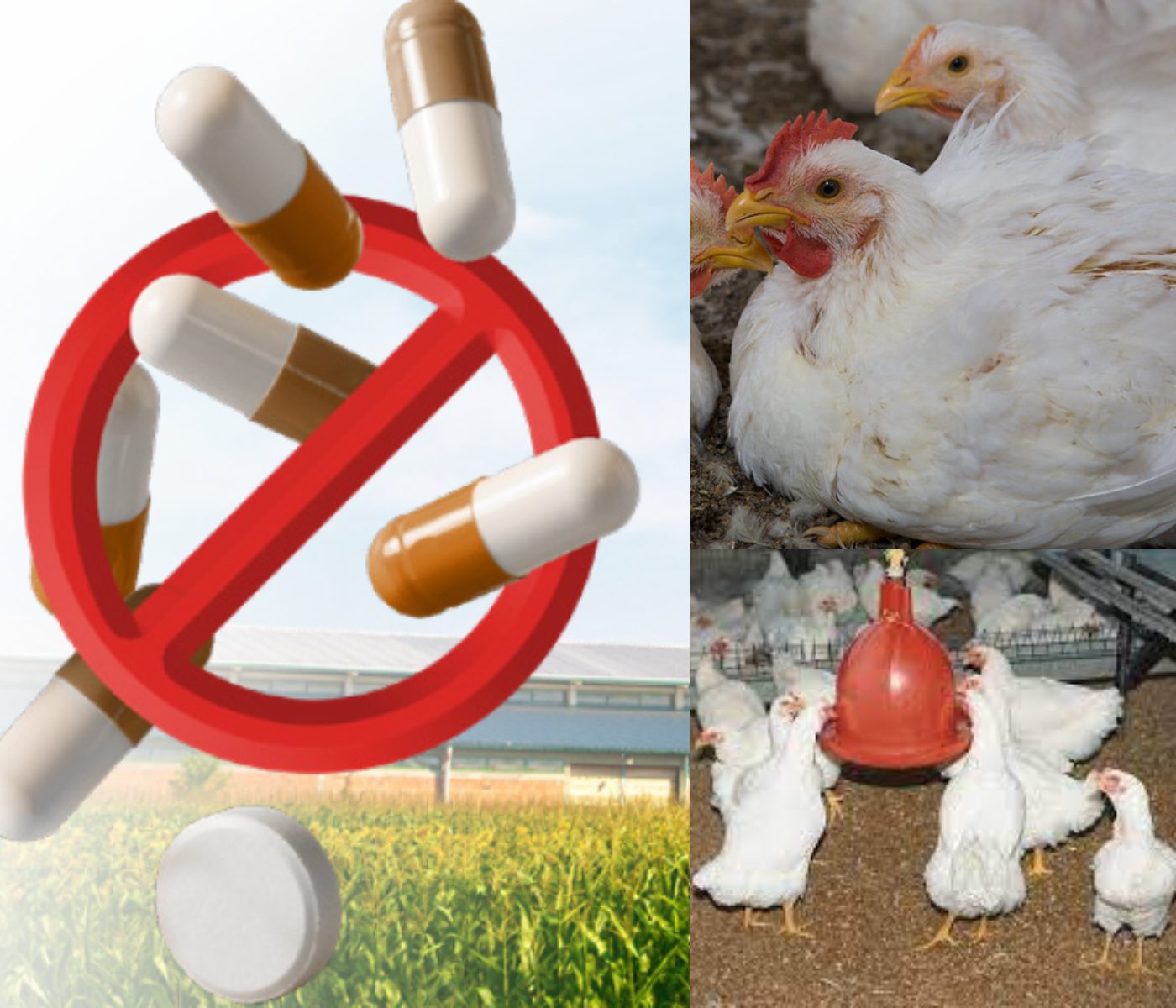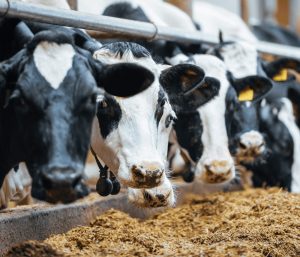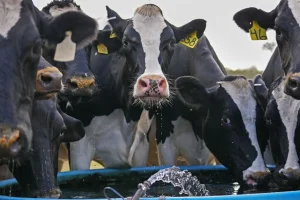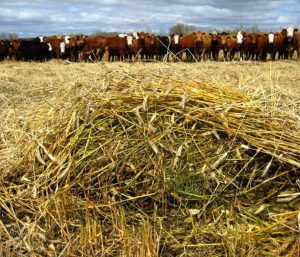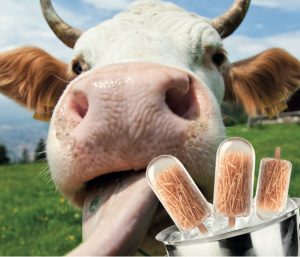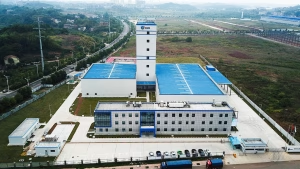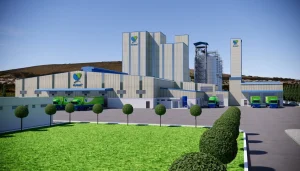During ESPN 2023, Edgar Orlando Oviedo-Rondón, one of the directors of Nutrinews International magazine, delivered a lecture on nutritional and feeding strategies aimed at antibiotic-free poultry production.
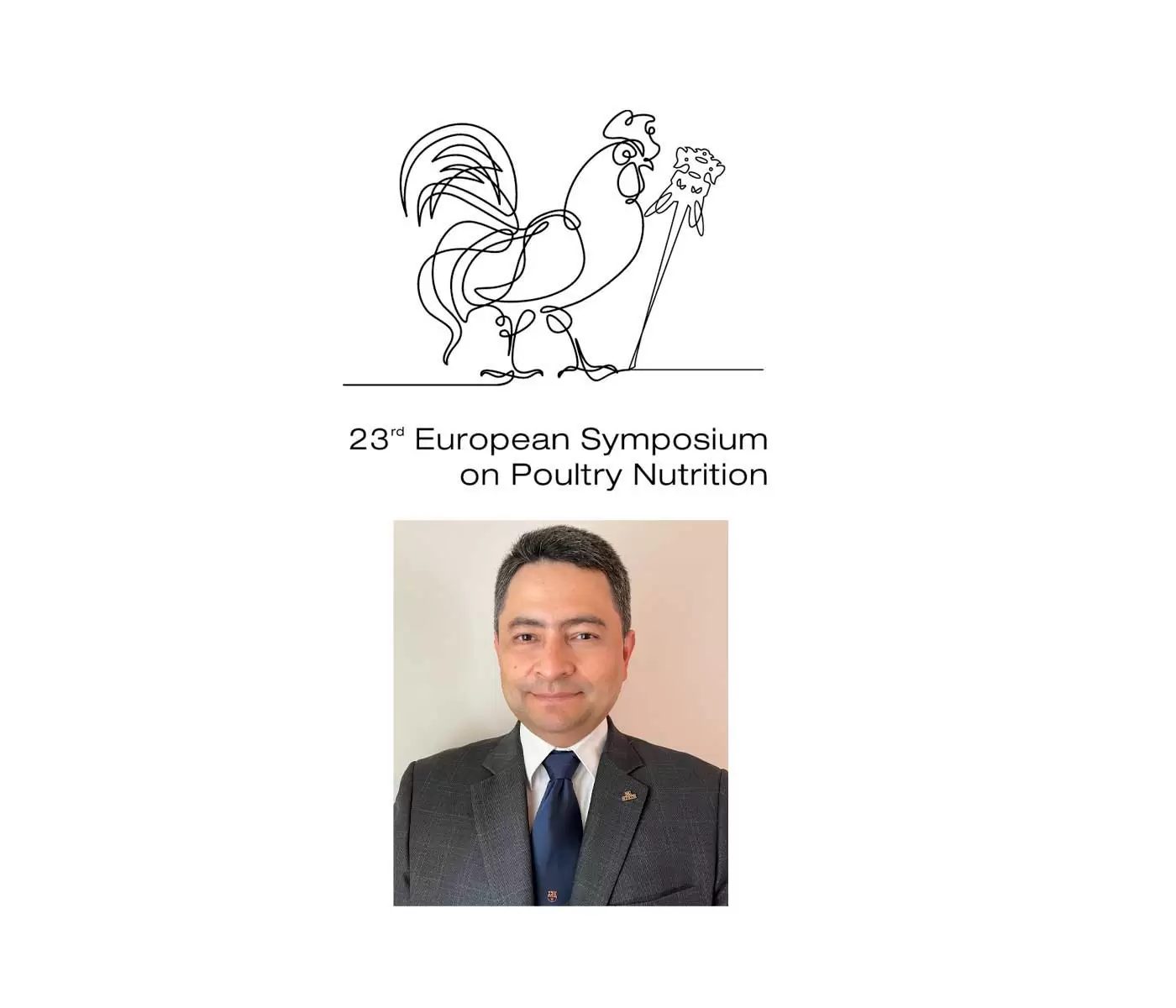
INTRODUCTION
Antibiotic-free (ABF) poultry production has multiplied worldwide. The motives are different in each country or region. They can vary between governmental regulations as a precaution for antimicrobial resistance, local consumer pressure, or the exportation of poultry products to countries with regulations for foodstuffs free of antibiotics or its metabolites. In some areas of the world, ABF is still difficult to accept for some poultry producers, technical personnel, and farmers. But some poultry companies in many countries voluntarily decided to produce without antibiotic growth-promoters (AGPs) two decades ago. Several producers can already claim successful ABF production. However, reaching productivity, health, livability, food safety, and environmental impacts similar to conventional systems with AGPs is still a challenge for many. Data from AgriStats (the largest benchmarking company in the USA) indicates a clear gap in productivity aspects between ABF programs and traditional production systems.
On the other hand, it is also important to remember that AGPs have not always been effective in preventing diseases, even when applying high dosage rates of AGPs and ionophores or adding combinations of multiple products. In some farms, gut and respiratory health issues are frequent independently of using AGPs, ionophores, chemical coccidiostats, or alternative feed additives. The evidence indicates that the feed additive per se is not the solution to some potential performance and health issues primarily related to feed and water quality, housing infrastructure, environmental stress, and management. Bacterial and mycoplasma resistance to certain antibiotics (Nhung et al., 2017) and Eimeria resistance to some coccidiostats (Chapman and Rathinam, 2022) were already evident in many areas of the world decades before ABF became popular. Consequently, transitioning to ABF systems could also be considered an alternative to more sustainable and efficient production for those who have not yet done so.


